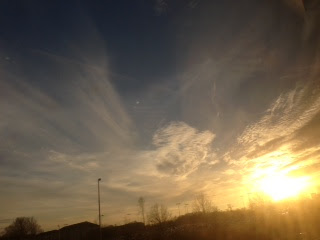When I was expecting each of my babies, especially the first, I was physiologically incapable of watching any scene of childbirth in a movie or television show without shedding a tear or two. I was not an especially weepy pregnant woman, but there was something about the magic of it all that moved me every time. Matter of fact, there still is.
So imagine a TV program that features at least one and maybe more scenes of childbirth in each episode. It’s a “two hanky” affair if ever there was one.
But there’s more to the British drama “Call the Midwife” than a good cry. Set in the East End of London during the postwar baby boom, the show (based on the memoir of real life midwife Jenny Worth) follows the adventures of a team of nurse midwives (some of them nuns) based in the convent Nonatus House. It’s a cast of lovable characters serving poor women who have more children than they know what to do with but who are treated tenderly and with great compassion.
There is no malpractice insurance, no planned Caesarians. The midwives take it all as it comes, encouraging the mothers through difficult labors that would be treated in an operating room these days. And there are plenty of historical back stories, too — polio makes an appearance, as do thalidomide babies.
But what makes the show so special is its big heart, its voice-overs at start and finish (done by Vanessa Redgrave), its frequent insistence that it’s really all about love.
There is something so old-fashioned and inspiring and true about the show that watching it makes me feel like a slightly different (enlarged? more tolerant?) person. Call the Midwife? For me, it’s Watch the Midwives.
(Historic dockyard Chatham where “Midwives” is filmed. Courtesy Flickriver)






